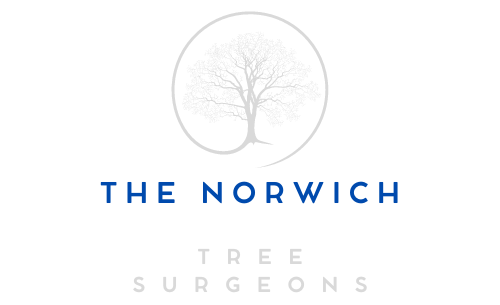Enhancing Bird Habitats Through Tree Trimming: A Guide by The Norwich Tree Surgeons
Introduction: As advocates for the health of trees and the well-being of local wildlife, The Norwich Tree Surgeons are always exploring innovative ways to achieve harmony between the two. One method we’re particularly passionate about is trimming trees for bird habitat enhancement. In this blog post, we’ll delve into the benefits of this approach and share some insights on how it can be effectively implemented.
Understanding the Importance of Bird Habitats
Birds play a vital role in ecosystems, contributing to pollination, seed dispersal, and pest control. However, their natural habitats are increasingly under threat due to urbanisation, deforestation, and climate change. By enhancing bird habitats, we can help support avian populations and promote biodiversity in our local environment.
Benefits of Trimming Trees for Bird Habitat Enhancement
- Increased Nesting Opportunities: Trimming trees to remove dead branches and thin out dense foliage creates more open spaces for birds to build their nests. This provides shelter for breeding pairs and encourages a greater diversity of bird species to inhabit the area.
- Improved Access to Food Sources: By selectively pruning trees, we can promote the growth of fruit-bearing branches and encourage the proliferation of insects, both of which are essential food sources for many bird species.
- Enhanced Visibility and Safety: Trimming trees can improve visibility within the canopy, making it easier for birds to spot potential predators and navigate their surroundings safely.
- Promotion of Species Diversity: Different bird species have unique habitat requirements. By customising tree trimming techniques to accommodate the needs of various species, we can create a more inclusive environment that supports a wide range of birds.
Best Practices for Trimming Trees for Bird Habitat Enhancement
- Consultation with Arborists: Before embarking on any tree trimming project, consulting with qualified arborists like The Norwich Tree Surgeons is essential. Arborists can assess the health of the trees, identify areas for improvement, and recommend appropriate trimming techniques.
- Selective Pruning: Rather than indiscriminate cutting, focus on selectively pruning branches that are dead, diseased, or overcrowded. This opens up the canopy while preserving the structural integrity of the tree.
- Timing Considerations: It’s crucial to schedule tree trimming activities outside the bird nesting season to minimise disruption to nesting birds. In the UK, the nesting season typically runs from March to August, so aim to conduct trimming activities during the autumn and winter.
- Retaining Habitat Features: When trimming trees, maintain essential habitat features such as nesting cavities, perching branches, and natural food sources like berries and insects.
- Monitor and Adapt: Regular monitoring of bird activity in the area can help gauge the effectiveness of tree-trimming efforts. Be prepared to adapt your approach based on feedback from local bird populations.
Conclusion: Trimming trees for bird habitat enhancement is a proactive approach to promoting biodiversity and supporting local bird populations. By partnering with experienced tree surgeons, you can ensure that tree trimming activities are carried out with sensitivity to both the health of the trees and the needs of resident bird species.
Call us on: 01603 361 093
Click here to find out more about The Norwich Tree Surgeons
Click here to complete our contact form and see how we can help with your tree’s needs.

